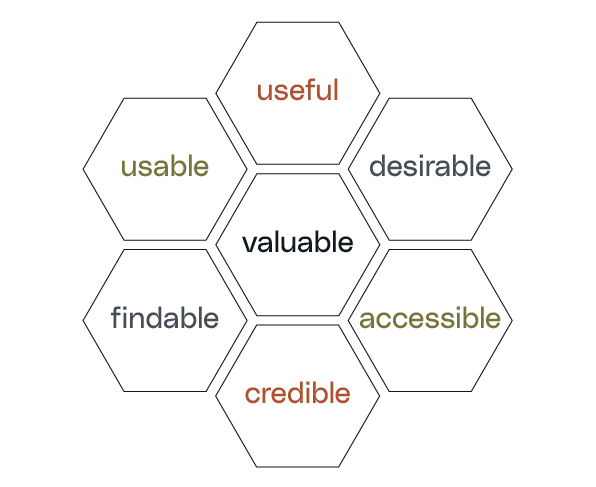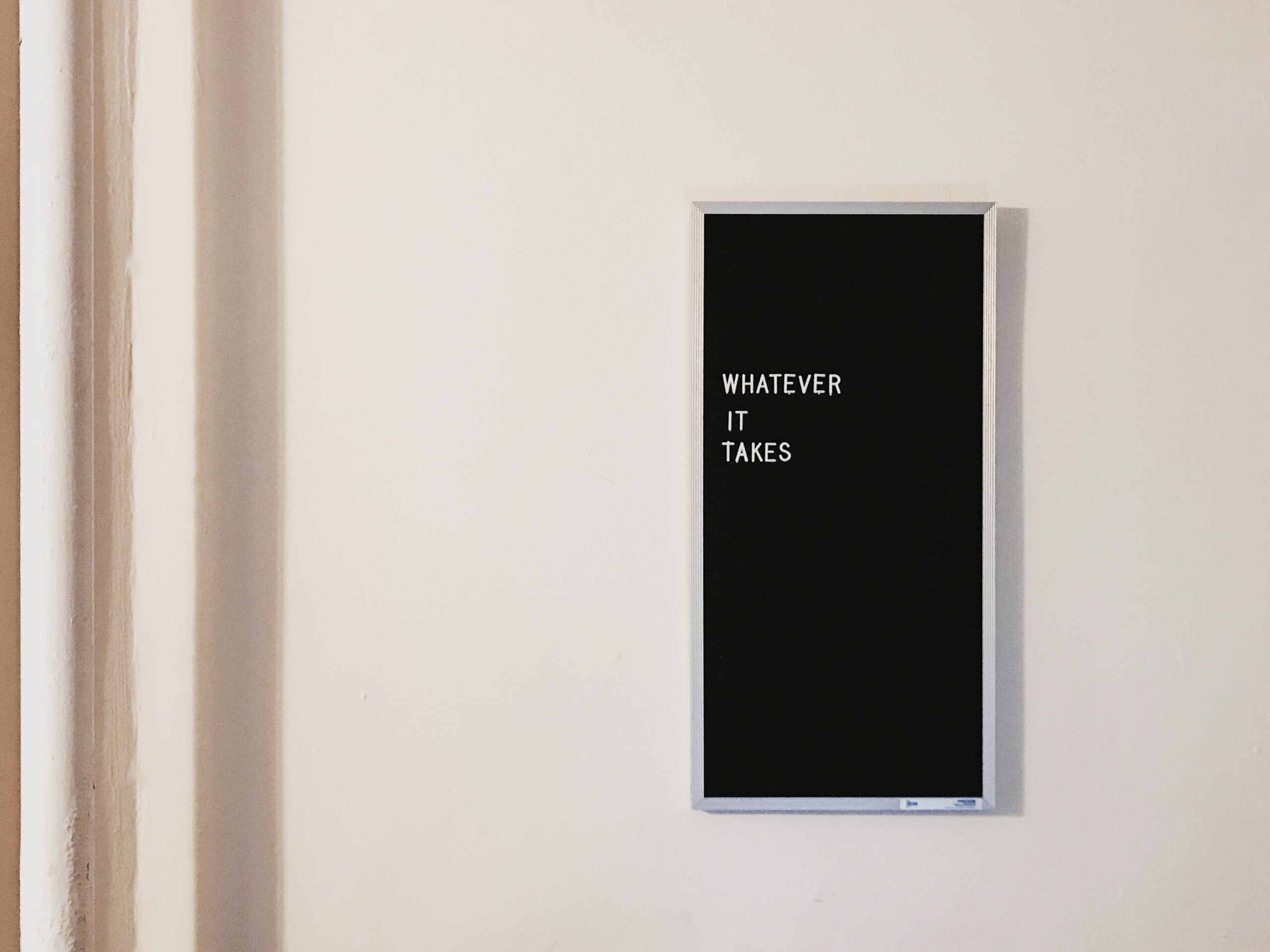We’ve all been there. Maybe the page took a few too many seconds to load, or you were confronted with lots of unnecessary flashy effects when you simply wanted to order a t-shirt. Negative user experiences are easy to pinpoint with a bright red pen.
So… how do we give our clients a smooth and effortless seam-free experience? What makes a web experience pleasant? Understanding the basics of user experience is key to ensuring you’re keeping clients (potential or existing) on your website.
What is User Experience?
User experience (UX) is what people experience when they interact with a website, app, software or product. What are their perceptions? How do they feel?
In a holistic approach, UX design considers the person, the device, the environment, the physical space, as well as human behaviour and psychology. They might look at users’ attitudes, viewpoints, emotions, motivations, triggers etc. when designing user experiences.
Of course, one size does not fit all and it’s impossible to cater to the whole entire world. Which is why it’s important to really know your target audience, so you can understand your typical customer and how they’re most likely to experience your website.
Crucial Elements of Website User Experience

User experience is multi-dimensional.
We like to refer to Peter Morville’s framework for user experience, a useful guide to ensure you’re ticking all the boxes.
So, for example, a company specialising in custom art prints has invested in some punchy, fun branding and a strong visual web presence. Great! However, it’s a painfully slow and complicated process to upload artwork and edit it. Think how many potential customers are going to get horribly frustrated and click to a different website that has spent time streamlining and quickening this process, making it easier, effortless and fool-proof .
Let’s break it down
Useful – Too much of the “bad stuff” – fluff / ads / not what the customer wants, all lead to a click of the X on the browser window. Fill your website with genuine content and products that your customers want to engage with.
Usable – a straightforward user interface and easy to navigate site are crucial. Site links should all be working and it should be simple to jump from one section to another. The site should also function well on mobile.
Desirable – While UX predominantly focuses on efficiency of user interaction it can’t be ignored that aesthetics play a considerable part. An efficient website that looks good is what we’re aiming for here.
Findable – If users get lost on your website, they’ll leave. A logical navigation system is important so a user can easily find the pages they’re after.
Accessible – making your website more accessible means you’re not losing potential customers. It also gives everyone an equal chance to use your website. Those with disabilities can choose an alternate way to experience your website.
Credible – if your customer doesn’t trust you, what’s the point? This is especially true if your only presence is online. Contact details, testimonials and social interaction are all ways to boost your credibility.
Valuable – How are you providing a valuable experience to the customer? Why would they come back next time, over going somewhere else that offers the same service or product? You might offer a quick and easy returns service. Or booking via your website is really easy since they can see all available time slots and pick the the perfect time for them. Find out what they want.
How do I put my client first?
To do this, it’s essential to understand what your client wants to experience when they interact with your site. It’s about encouraging empathy, putting ourselves in the user’s shoes.
The nature of the website impacts how it’s experienced. Some websites are a dream haven for the user to explore interesting content, and the user might spend some time flicking from page to page. For example, a curated online bookstore might contain lots of in-depth reviews, as well as the option to buy books. The site is an enjoyable place to consume, whether you are purchasing a book or not.
However, someone who’s looking to book a doctor’s appointment for their unwell child will want the process to be as simple and straightforward as possible. It all depends on the service and the customer and how they go hand in hand.
Understanding your target audience is crucial to providing them with a great user experience. What do they want to come away with when they interact with your company? Once that is clear, the process is really quite straightforward.
Cover Photo by Tranmautritam


